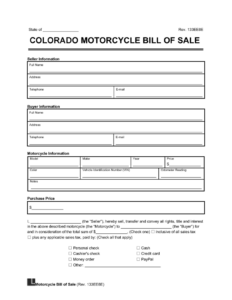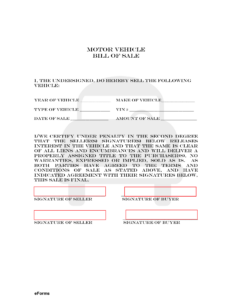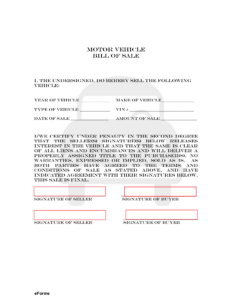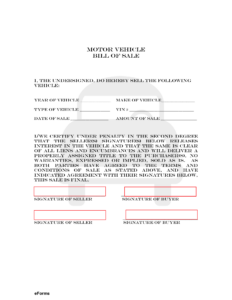When you’re buying or selling something significant, whether it’s a trusty old car, a motorcycle, or even a piece of personal property, having a clear record of the transaction is incredibly important. Think of a bill of sale as your official paper trail, a written agreement that verifies the transfer of ownership from one party to another. It’s not just a formality; it’s a vital document that protects both the buyer and the seller, ensuring transparency and accountability in the exchange.
In Colorado, like many other states, while a bill of sale might not always be legally mandated for every single transaction, it’s highly recommended. It serves as concrete evidence, preventing misunderstandings or disputes down the line. It’s especially crucial for larger assets, providing peace of mind and a clear understanding of the terms agreed upon by both parties. So, whether you’re parting with a cherished possession or acquiring something new, understanding how to properly document the exchange is a smart move.
Why a Bill of Sale is Essential in Colorado
Having a comprehensive bill of sale is more than just good practice; it’s a fundamental safeguard for both parties involved in a transaction. This document acts as a legal receipt, verifying that the sale occurred, detailing what was sold, for how much, and when. Without it, you might find yourself in a tricky situation if questions about ownership or the condition of the item arise after the fact. It provides a clear, undeniable record of the transfer of goods and money, which can be invaluable in resolving any post-sale disagreements.
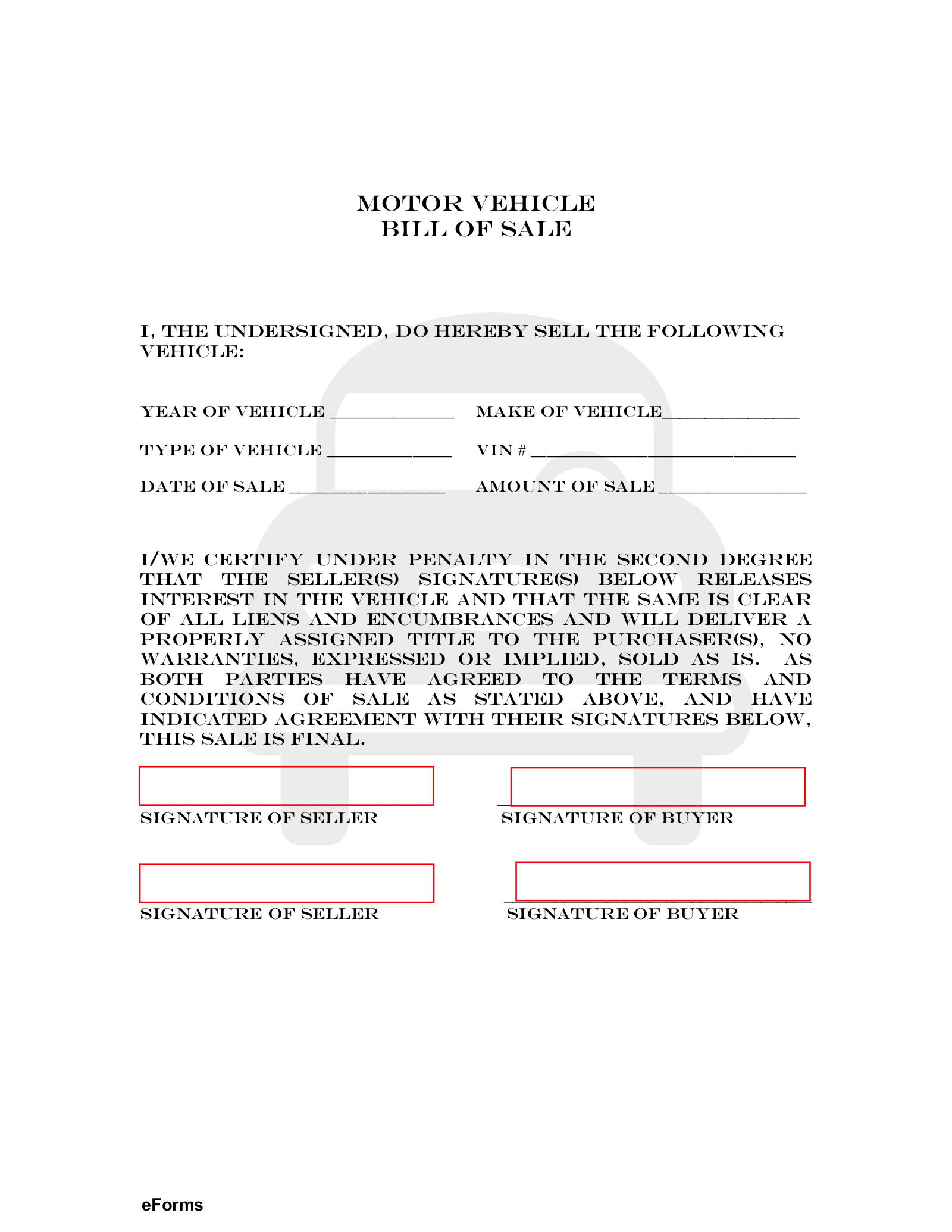
In Colorado, while you can technically sell many items without a formal bill of sale, certain transactions, particularly those involving vehicles, benefit immensely from one. When you go to register a car at the Department of Motor Vehicles (DMV), a bill of sale, alongside a properly endorsed title, streamlines the process. It helps establish the vehicle’s purchase price for tax purposes and proves that you are the rightful owner. For other high-value items, like boats, heavy equipment, or even expensive collectibles, a bill of sale can prevent future claims of ownership or disputes about the item’s condition at the time of sale.
The protection offered by a bill of sale extends to both the buyer and the seller. For the seller, it proves that they no longer own the item and are therefore not liable for anything that happens to it after the sale, like parking tickets on a sold car or damage to property. For the buyer, it’s proof of legitimate ownership, helping them avoid potential legal challenges or accusations of theft. It also serves as a record of the item’s condition at the time of sale, which can be crucial if the item is later found to have undisclosed defects.
Ultimately, a bill of sale ensures that all parties are on the same page regarding the details of the transaction, leaving little room for ambiguity. It’s a formal record that eliminates “he said, she said” scenarios, providing a solid foundation for a smooth and lawful transfer. Creating a reliable bill of sale template Colorado users can depend on is about embracing transparency and protecting your interests.
Key Information Your Bill of Sale Should Include:
- The full legal names and addresses of both the buyer and the seller.
- A detailed description of the item being sold (make, model, year, VIN for vehicles, serial number, etc.).
- The agreed-upon purchase price, both in numbers and words.
- The date of the transaction.
- The method of payment (cash, check, bank transfer).
- A statement regarding the item’s condition (e.g., “as-is” or with specific warranties).
- Signatures of both the buyer and the seller, and sometimes a witness or notary public, depending on the item and its value.
Crafting Your Bill of Sale Template Colorado
Creating a custom bill of sale doesn’t have to be a complicated process. While you can find generic templates online, tailoring one to your specific needs, especially when dealing with transactions within Colorado, ensures all local considerations are met. The beauty of a template is that once you have the basic framework, you can easily adapt it for different sales, whether it’s a vintage bicycle, a piece of furniture, or even a pet. The key is to include all the necessary details to make the document legally sound and comprehensive.
When you’re ready to put together your bill of sale, start by gathering all the pertinent information for both parties and the item in question. Accuracy is paramount here; even a small typo in a name or serial number can cause issues down the road. You’ll want to clearly define the item, leaving no room for confusion about what exactly is being exchanged. For vehicles, this means including the Vehicle Identification Number (VIN), make, model, year, and odometer reading. For other items, a description that is specific enough to identify it uniquely is essential.
One common mistake people make is not being clear about the “as-is” condition of a sale. Unless explicitly stated otherwise, most private sales are considered “as-is,” meaning the buyer accepts the item in its current condition with all faults. It’s wise to include a clause in your bill of sale that states whether the item is being sold “as-is” without any warranties, or if any specific guarantees are being made. This clarity protects the seller from claims after the sale and informs the buyer precisely what they are getting.
Another important aspect is the payment details. Clearly state the agreed-upon price in both numerical and written form to prevent any discrepancies. Also, specify the method of payment, such as cash, cashier’s check, or bank transfer. This level of detail in your bill of sale template Colorado will help prevent any misunderstandings about the financial aspects of the transaction and confirms that payment has been successfully exchanged, concluding the monetary side of the agreement.
Tips for a Smooth Transaction:
- Always use the full legal names and current addresses of both the buyer and seller.
- Be incredibly specific when describing the item; more detail is always better than less.
- Ensure the purchase price is written out clearly in both numerals and words.
- Consider having a third-party witness or even a notary public sign the document for high-value items, adding an extra layer of legitimacy.
- Make two copies of the signed bill of sale, one for the buyer and one for the seller, and keep them in a safe place.
Taking the time to prepare a proper bill of sale is a simple yet effective way to ensure that your transactions are smooth, clear, and legally sound. It empowers both buyers and sellers, providing a documented framework for the transfer of goods. This careful planning helps protect you from potential future disagreements, giving you peace of mind whether you’re selling a treasured possession or purchasing something new.
